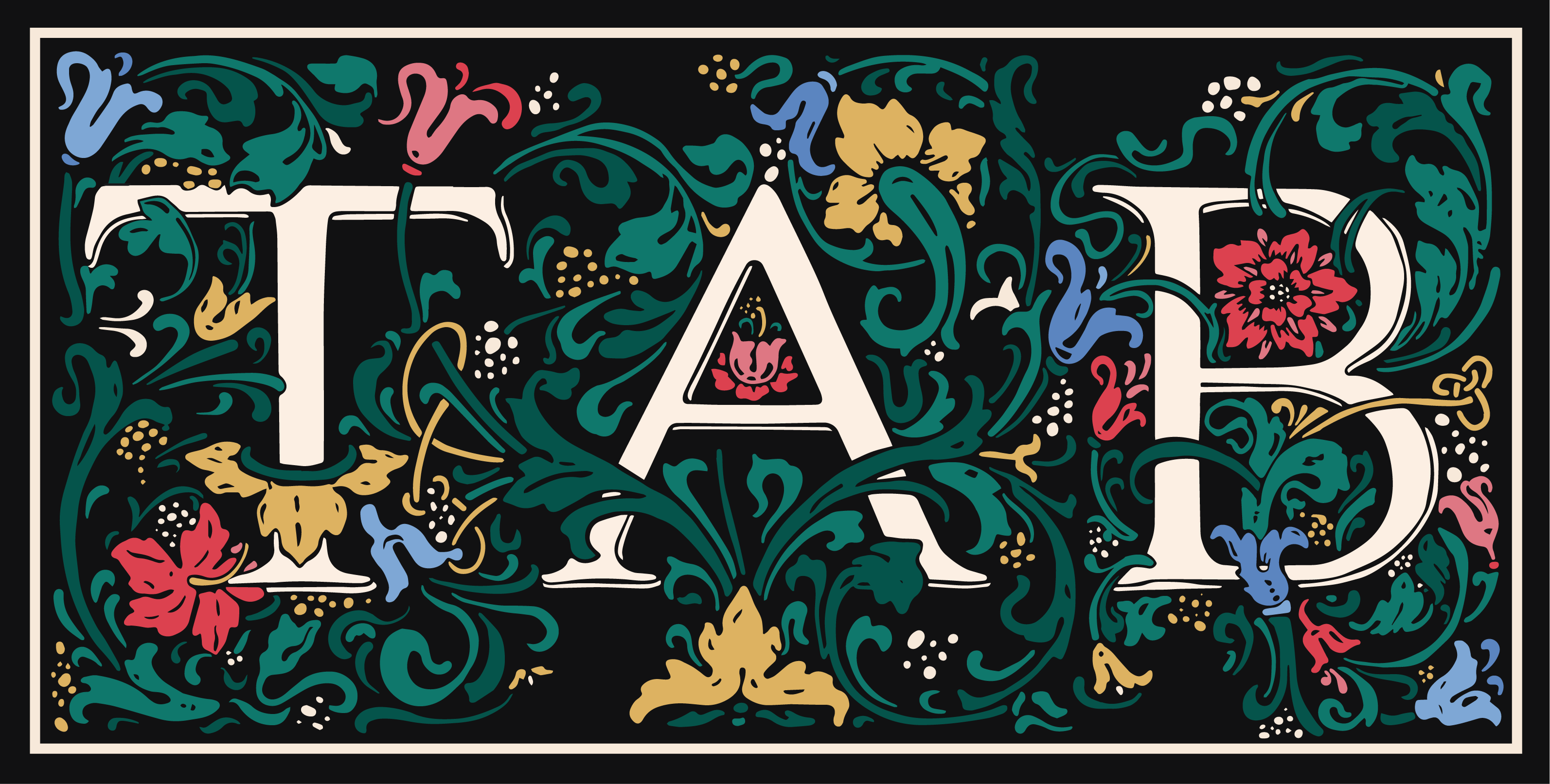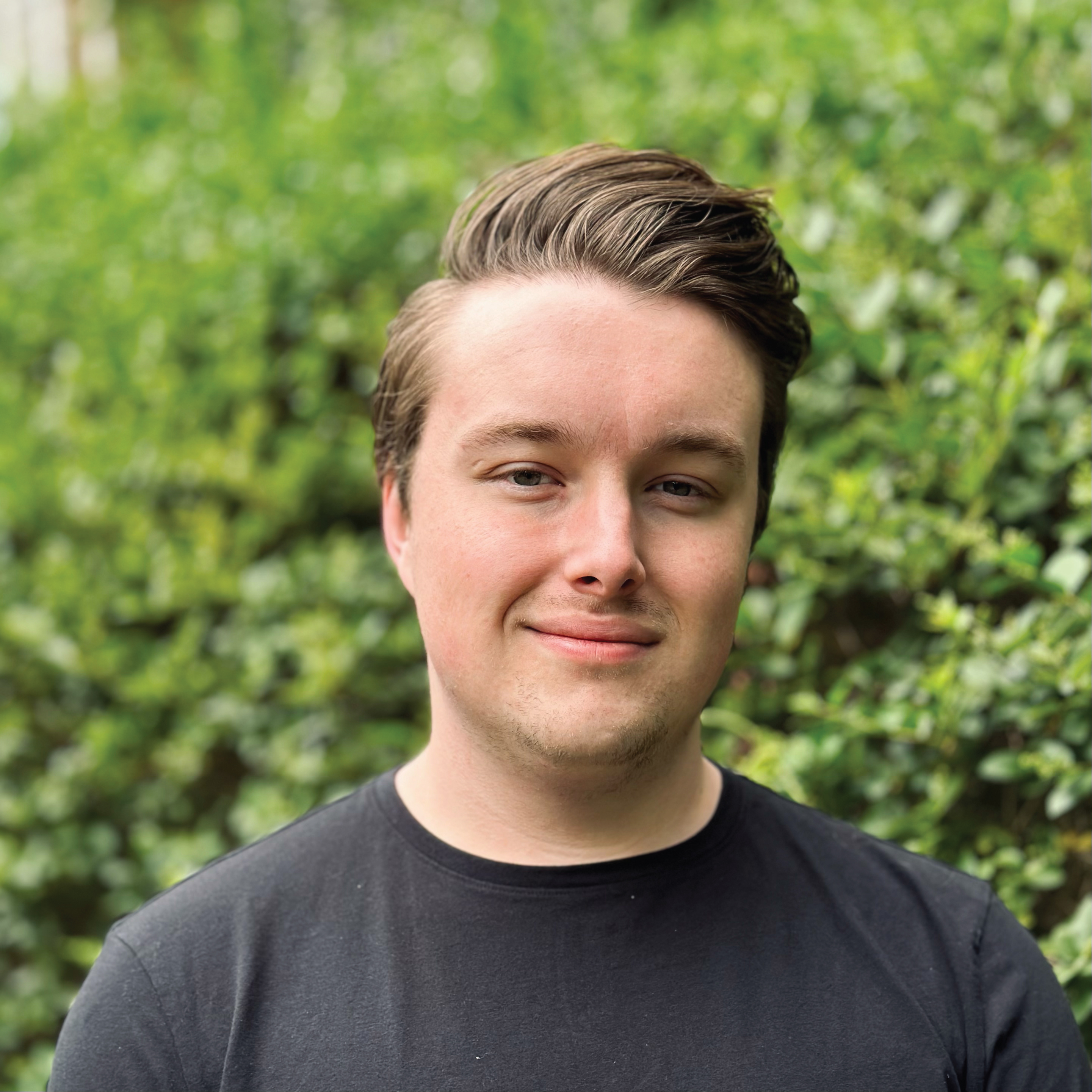Visualizing Harmonic Space
December 2024, in preparation
“The qualification of one triad moving to another triad has been discussed by many music theorists, oftentimes using mathematical concepts of groups in order to explain the
relationship as a transformation within a group. The methods discussed in the first section of the essay - Neo-Riemannian theory, David Kopp’s Chromatic Transformations, and
Julian Hook’s Uniform Triadic Transformations - all serve similar purposes in that they assign a set of symbols to describe a way in which any triad can transform into any other
triad. The issues with these three methods and their connection to how the relationship is perceived on an aural level lie in their connection to mathematical transformations within
groups. A concise way to qualify each and every possible relationship between two adjacent major or minor triads with respect to the sonic quality of said relationship by using one
and only one symbol for each relationship is absent within the rhetoric of Western harmony. The following essay proposes a set of relationships that unlock new potential for analytical
discourse among triadic music of diatonic, and especially chromatic qualities.”
download article (10,000 words)
Psychoacoustical Dissonance as a Tool for Musical Analysis
May 2023, unpublished
“The human auditory system’s remarkable ability to perceive dissonance has prompted extensive re- search on the subject, including the work of Hermann von Helmholtz,
R. Plomp & W. J. M. Levelt, and William Sethares. This article explores the complex nature of psychoacoustical dissonance, proposing a model to analyze chords and
vertical sonorities in musical excerpts, considering the direct perception of music and its relationship to the human auditory system. Building on the foundation laid
by previous research, this model offers a new perspective for examining the intricacies of musical excerpts, providing valuable guidance for nuanced performance, and
potentially unveiling a different understanding of how humans perceive dissonance. By integrating this model with other analytical methods, a more com- prehensive approach
to musical analysis can be achieved, enriching our appreciation and experience of music as a whole. As our understanding of psychoacoustical dissonance and the human
auditory system continues to evolve, so too will our approach to interpreting and performing music, ultimately enhancing our connection to the rich tapestry of sound that surrounds us.”
download article (7,000 words)
The Efficacy of Music as a Constructed Language
May 2021
“Ever since the beginning of observable time, language has been humanity's way of communicating ideas, warnings, and complex emotions. The same basic
aspects of language - rhythm, pitch, and timbre - are also the building blocks on which music is created. While many composers directly use linguistic
devices in vocal music, many elements of spoken language can be translated into extended musical techniques for specifically non-vocal instruments and ensembles.
This can be done by analyzing and comparing multiple linguistic rhythms, relationships between consonants and vowels, and pitched accents from many world languages
in order to create a set of tools and techniques for communicative, non-vocal music composition.”
download essay (4,500 words)
Alexander Scriabin’s Prometheus - Program Notes
March 2021
“Many people know Alexander Scriabin to be most infamous for his piano works. While contributing a large body of music to the solo piano repertoire, Scriabin also
composed six works for orchestra, including five symphonies all written in a ten year period from 1900 to 1910. At a time where new ideals of modernist art were
ubiquitous, and many well known works like Stravinsky’s Sacre du Printemps were being premiered, Scriabin’s Promethee, le poeme du feu contributed many unique
possibilities to the cultural and musical zeitgeist of the early twentieth century.”
download writing sample (1,200 words)
An Explanation of Spectralist Techniques in Tristan Murail’s Les Courants de L'espace
May 2022
“As is evident from Murail’s compositions and musical philosophy, one can deduce that music, at its core, is a form of art that uses not only the medium of time,
but maybe even as prominently, the medium of space; atmospheric space, aural space, registral space, and the most obvious: acoustic space. Many other compositions
can be used to support this claim as well, but by contemplating the impetus behind Spectralism as a derivation of musical content, as well as analyzing the musical
gestures exploited in Tristan Murail’s composition, it is evident that Les Courants de L’Espace deals with the interactions of sound in present acoustic space."
download essay (1,500 words)

